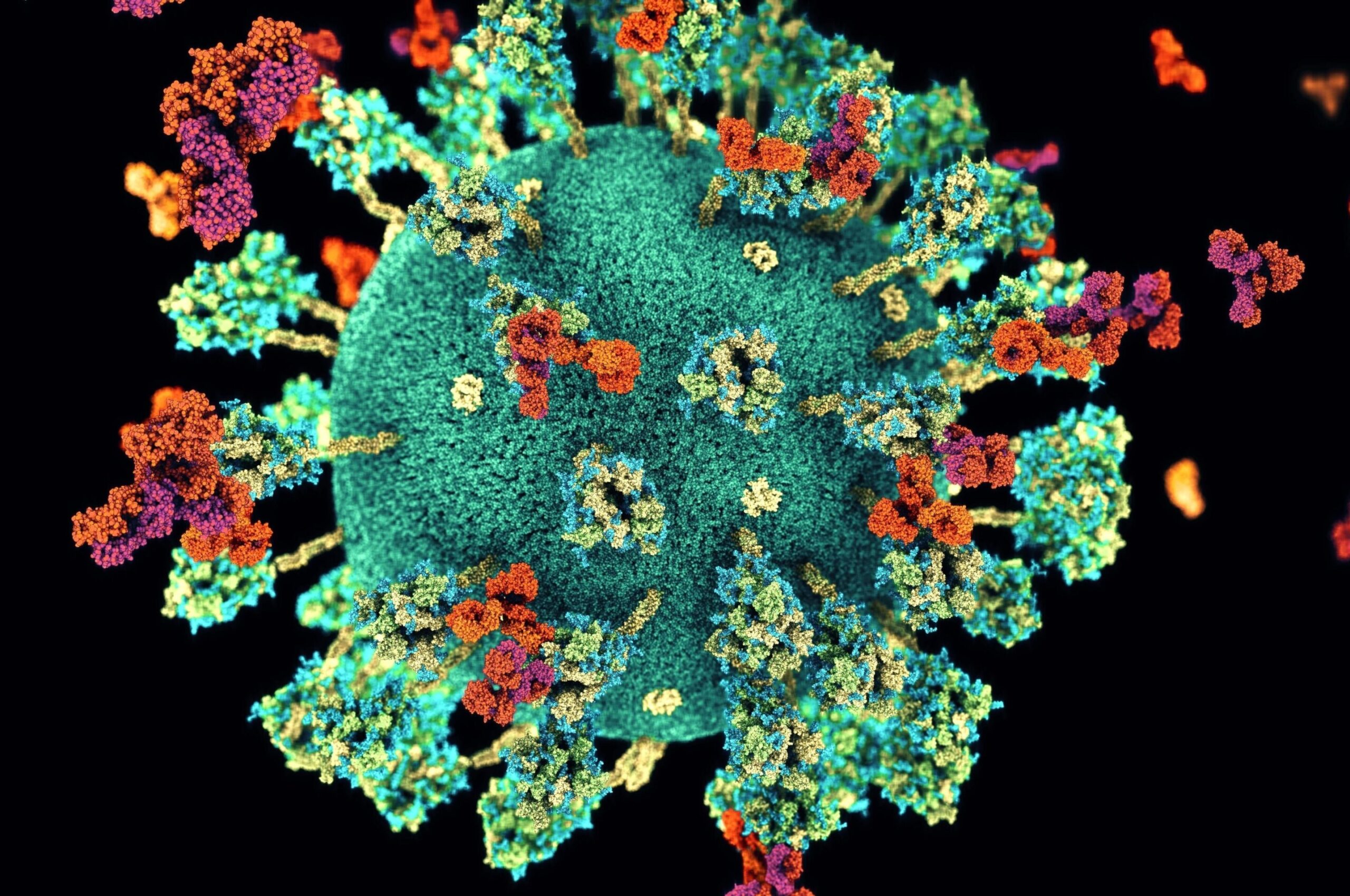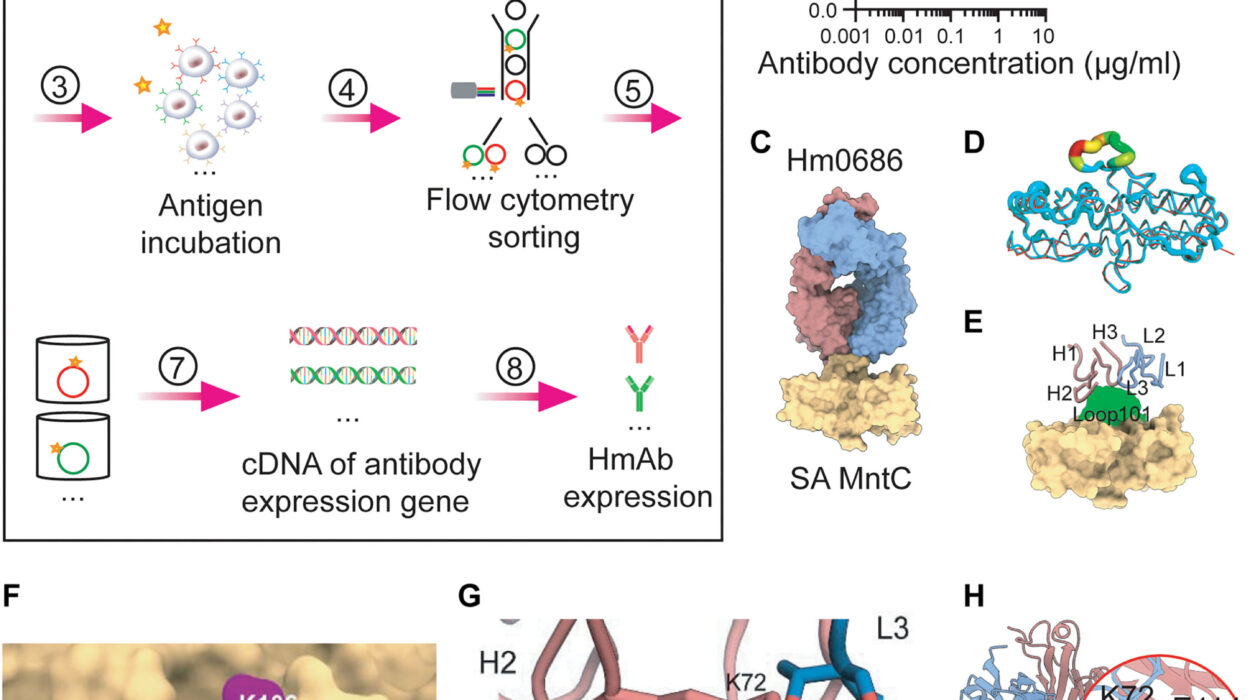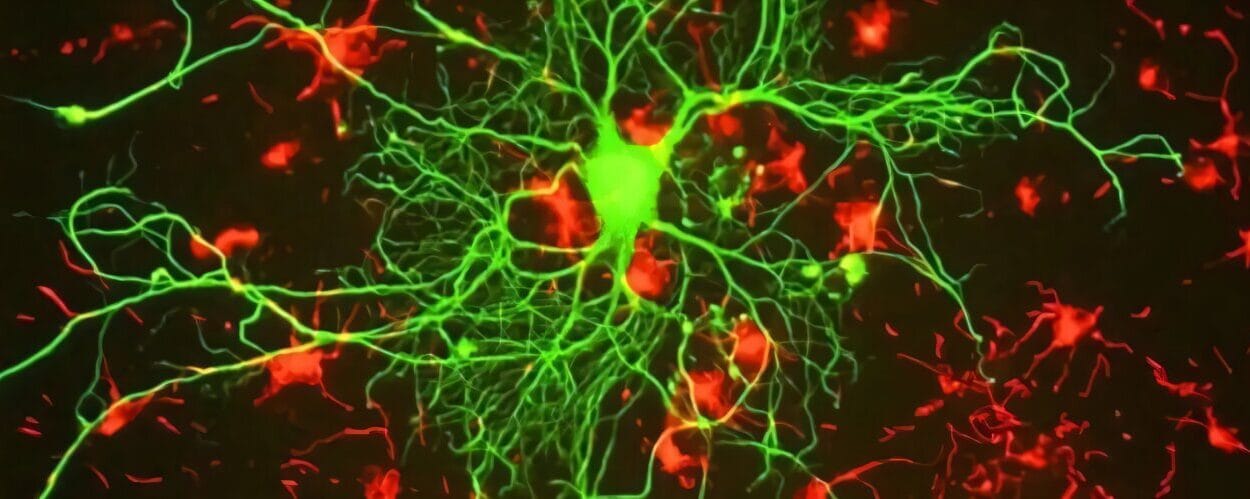In a groundbreaking study published in Nature Communications, researchers have unveiled a potential game-changer in the ongoing battle against long COVID—a novel antiviral compound that has successfully prevented the development of long COVID symptoms in mice. This breakthrough, spearheaded by a multidisciplinary team at the Walter and Eliza Hall Institute of Medical Research (WEHI) in Melbourne, Australia, is being hailed as a pivotal step toward understanding—and eventually treating—this elusive and debilitating condition.
At a time when long COVID continues to affect millions globally, this research marks a significant scientific milestone. For the first time, scientists have not only targeted a different viral protein than current therapies but have also demonstrated preventive efficacy against long COVID’s most troubling symptoms—long-term damage to the lungs and brain.
The Unseen Pandemic Within the Pandemic
While COVID-19 case numbers have declined in many parts of the world, a quieter health crisis has persisted in the background. Long COVID, officially referred to as Post-Acute Sequelae of SARS-CoV-2 infection (PASC), affects an estimated 5% of people who contract COVID-19, though some studies suggest the figure could be higher. For those affected, the struggle doesn’t end with a negative test—symptoms such as persistent fatigue, brain fog, shortness of breath, sleep disturbances, and cognitive decline can last for months, even years.
Despite the alarming prevalence and life-altering effects of long COVID, the medical community remains in the dark about its exact causes. Treatments are limited, often symptomatic, and no pharmaceutical therapy has yet been approved specifically to prevent or treat long COVID.
That could soon change.
Cracking the Viral Code: A New Target in Sight
Until now, most antiviral treatments—like the widely prescribed Paxlovid—have focused on inhibiting a protein in the virus known as Mpro (main protease). While effective in reducing the severity of acute COVID in high-risk individuals, Paxlovid has its limitations, including drug interaction complications and a narrow window of efficacy. Moreover, it offers no guarantee of protection against the development of long COVID.
The WEHI team took a bold step in a different direction. Their attention turned to a lesser-known, but equally vital, viral protein: PLpro (papain-like protease). This protein is essential for viral replication and also interferes with the host’s immune response—making it a double threat and a promising drug target.
“We identified PLpro as a key protein involved in the virus’s ability to persist and evade immune surveillance,” said Professor David Komander, a structural biologist with over 15 years of experience studying the protein family to which PLpro belongs. “This makes it a highly strategic target for new antivirals—not just to stop the virus, but potentially to prevent the longer-term damage it causes.”
400,000 Compounds and One Breakthrough
Identifying a target is only part of the battle. To discover a viable drug candidate that could inhibit PLpro, researchers partnered with the National Drug Discovery Centre (NDDC), which houses cutting-edge technology capable of screening massive compound libraries at rapid speeds.
The WEHI-led team tested over 400,000 chemical compounds, narrowing them down through a rigorous screening process. After an exhaustive analysis, they struck gold—discovering a compound that not only binds effectively to PLpro but also inhibits its function in living cells.
“In under five years, we’ve gone from identifying a novel target to developing a compound that prevents long COVID symptoms in an animal model,” Prof. Komander said. “That pace is virtually unheard of in traditional drug discovery timelines.”
Preventing Long-Term Damage Before It Starts
The real test, however, came with live animal studies.
Using a mouse model uniquely developed at WEHI to mimic human long COVID symptoms, researchers administered the new antiviral compound to mice infected with SARS-CoV-2. The results were nothing short of remarkable.
Mice treated with the compound did not develop long-term brain or lung dysfunction—hallmarks of long COVID in both humans and animal models. “This is the first time we’ve seen such a pronounced protective effect against long COVID symptoms in any pre-clinical study,” said Dr. Marcel Doerflinger, corresponding author and WEHI Laboratory Head.
The study provides compelling evidence that the compound effectively interrupts the virus’s ability to trigger chronic illness, a finding that has eluded researchers until now.
“This could be a turning point in our approach to long COVID,” Dr. Doerflinger added. “Millions are still dealing with symptoms that medicine doesn’t yet know how to treat. Our study offers hope that a preventive treatment could one day be available.”
Beyond Long COVID: A New Weapon Against Acute Infection?
The discovery may also represent a new frontier in the treatment of acute COVID-19. While Paxlovid is currently recommended only for individuals at high risk of severe disease, the new compound could prove more universally applicable.
According to Dr. Shane Devine, co-first author of the study, the PLpro inhibitor demonstrated “better antiviral efficacy” in lab tests compared to existing therapies. And unlike Paxlovid, which relies on a two-compound interaction and carries the risk of interfering with other medications, the new treatment may offer a simpler and safer alternative.
“The virus is constantly evolving,” Dr. Devine said. “With every new variant, there’s a risk that existing drugs will become less effective. Our compound targets a different part of the virus, which could future-proof it against viral mutations.”
What Comes Next?
The research team is now working closely with the Centre for Drug Candidate Optimization (CDCO) and the Monash Institute of Pharmaceutical Sciences (MIPS) to further refine the drug and test its biopharmaceutical properties—how it behaves in the body, how it’s absorbed, and how it’s metabolized.
This is the crucial next step before human clinical trials can begin.
While the path from mouse model to pharmacy shelf is still a long one, the discovery is a beacon of hope for long COVID sufferers and a testament to the power of scientific collaboration. If successful, this new drug could offer the first true defense against a condition that has shadowed the pandemic since its early days.
A New Chapter in the COVID Story
More than four years into the pandemic, COVID-19 is no longer the same existential threat it once was. Vaccines have saved millions of lives, and antivirals have reduced hospitalizations. But long COVID remains a haunting legacy—one that has disrupted careers, education, mental health, and quality of life for people across all walks of life.
This discovery from WEHI represents not just a scientific achievement, but a moral imperative: to understand and protect against the full, lingering impact of this virus.
“We’re not just fighting COVID anymore,” said Prof. Komander. “We’re fighting what comes after—and that battle is only just beginning.”
Reference: Stefanie M. Bader et al, A novel PLpro inhibitor improves outcomes in a pre-clinical model of long COVID, Nature Communications (2025). DOI: 10.1038/s41467-025-57905-4






